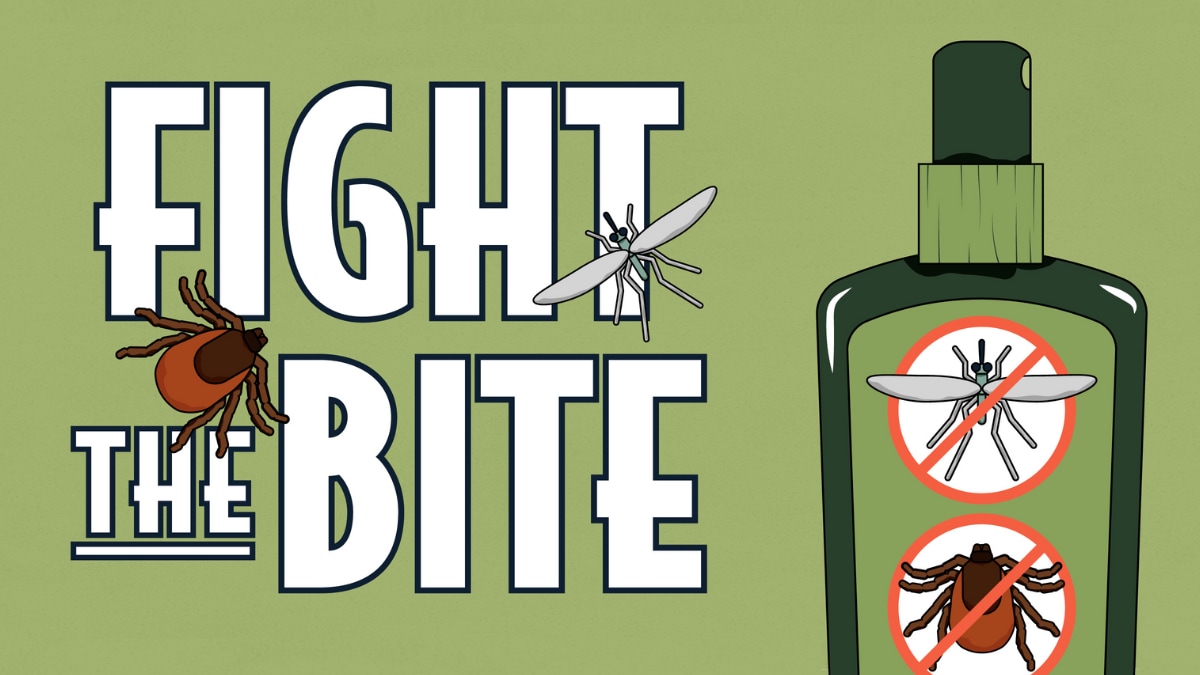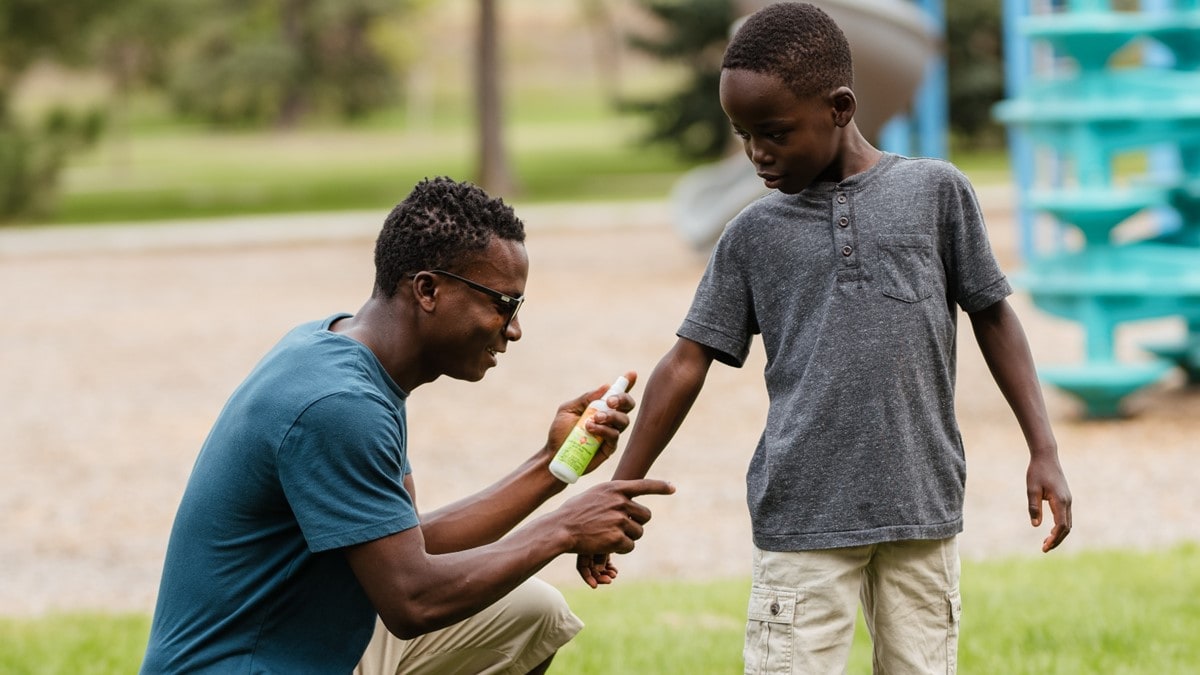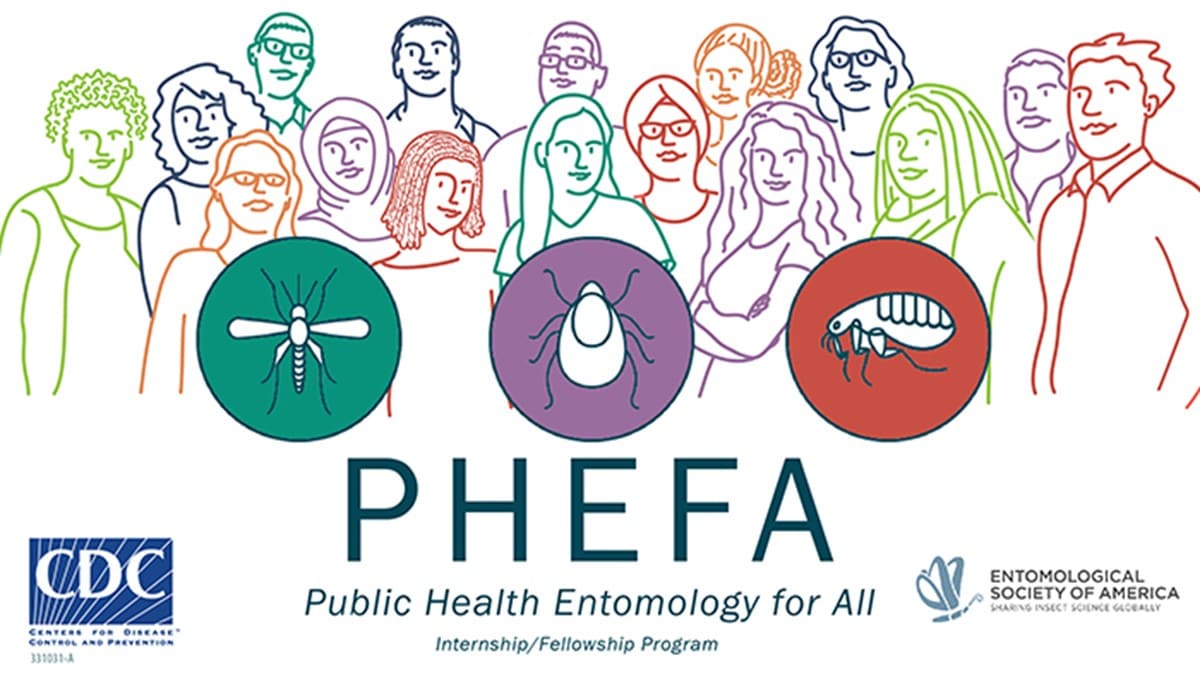What to know
- CDC works to protect people from germs spread by mosquitoes, ticks, and fleas, which can cause vector-borne diseases (VBDs).
- CDC provides national and international leadership in researching, detecting, and preventing VBDs.
- CDC conducts surveillance, diagnostic testing, research, outbreak response, and training.

Leads a national strategy
VBDs increasingly threaten the health and well-being of people in the United States. Reported VBD cases have doubled over the last two decades. Yet, the United States is not adequately prepared to respond to these threats.
Together, U.S. federal entities developed the National Public Health Strategy for the Prevention and Control of Vector-Borne Diseases in People to address the rising public health threat of VBDs. The Strategy includes critical government activities to prevent and control VBDs.

Prevents
CDC develops tools such as vaccines and publicly-accepted insect repellents and pest control methods.
Vaccine work
CDC staff conduct vaccine research and consult on important work groups. For example, staff
- Developed a dengue vaccine candidate, TDV, that is being clinically evaluated in multiple countries for safety and efficacy.
- Are working to develop two types of Zika vaccines. These vaccines are in different phases of development.
- Develop recommendations for the use of vaccines once approved by the Food and Drug Administration.
- Staff have lead working groups to develop recommendations for use of a tick-borne encephalitis vaccine and a chikungunya vaccine among travelers and laboratory workers.
- The Advisory Committee of Immunization Practices approved both vaccines.
Breakthrough pest control
Nootkatone is an essential oil found in Alaska yellow cedar trees, some herbs, and citrus fruits. Nootkatone has a fresh, citrus scent and can be produced through sustainable, industrial-scale fermentation. The Environmental Protection Agency has registered this active ingredient, allowing manufacturers to develop insect repellents and insecticides.
Detects
Conducts surveillance
CDC works with health departments to monitor VBDs through a national surveillance system. ArboNET tracks VBD viruses in people, animals, mosquitoes, ticks, and blood donors.
Discovers pathogens
CDC is always on the lookout for new vector-borne pathogens by using traditional and state-of-the-art advanced molecular detection (AMD) methods.
Since 2004, seven new tickborne pathogens have been discovered in people in the United States.
Discovery of Bourbon virus
Responds to threats
CDC responds to VBD threats by building laboratory capacity, providing technical assistance, and by preparing public health agencies for potential bioterrorism events.
Builds laboratory capacity
CDC supports public health labs nationwide by
- Developing tests to rapidly identify and diagnosis new and known VBDs
- Improving existing tests
- Searching for new ways to detect vector-borne pathogens.
- Providing diagnostic and reference services
- Preparing and shipping reagents needed for testing
Provides technical support
Local, state, territorial, and international agencies can request technical assistance and disease investigation services. Short-term assistance to U.S. and international agencies can improve understanding of an emerging diseases and help prevent spread of a VBD.
Disease detectives and Zika
Prepares for bioterrorism and exotic pathogens
Some bacteria and viruses can be used deliberately to cause harm or fear. Laboratory personnel play an important role in preventing and responding to biological emergencies. Some vector-borne pathogens of concern include plague, Coxiella burnetii (Q fever), and tularemia. VBD experts research these pathogens to help protect Americans.
Invests in research and evaluation
CDC invests in a variety of ways to expand the nation's ability to prevent, control, and respond to VBDs.
- Supports regional Centers of Excellence in Vector-Borne Diseases to address emerging diseases.
- Expands U.S. capacity to prevent and control VBDs through Regional Training and Evaluation Centers.
- Invests in innovative research projects to identify and implement new ways to respond to VBDs.
Invests in the future
CDC's Public Health Entomology for All (PHEFA) program provides internship and fellowship opportunities. The program was created to address the lack of diversity in the field of entomology. A diverse workforce strengthens the field's ability to develop successful, community-accepted prevention and intervention efforts.

